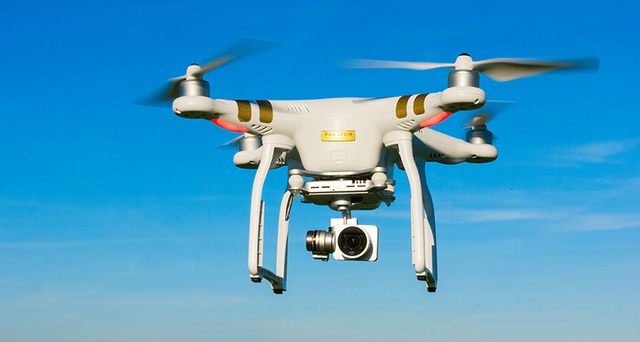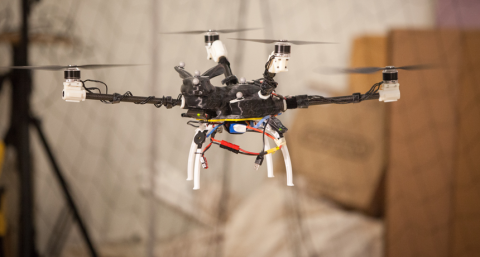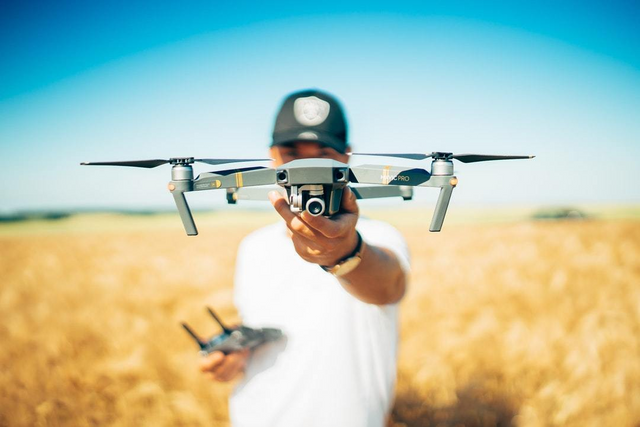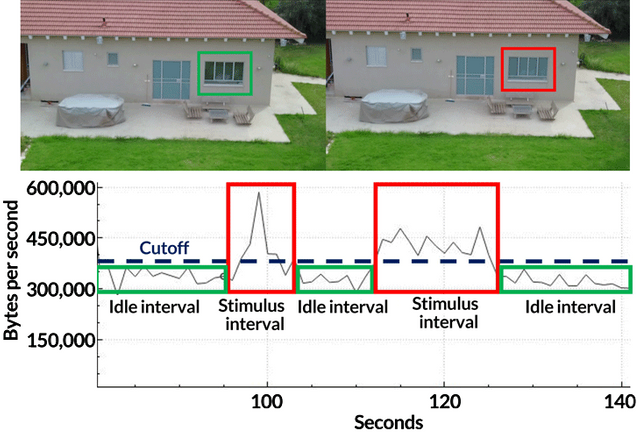Researchers can now detect when a flying robot is streaming video of you or your home:

Presently there's an approach to tell in case you're being kept an eye on by eyes from the sky.

Scientists have built up a strategy to discover what an automaton — a flying robot — is recording. What's more, they can advise without translating the video data that the gadget is gushing to its pilot. This strategy, depicted January 9 on the site arXiv.org, could enable army installations to identify undesirable automated snoops. It likewise could enable regular people to secure their protection as more automatons get off the ground.
"Individuals have just taken a shot at recognizing [the nearness of] rambles," says Ahmad Javaid. He contemplates cybersecurity — or how to keep PCs secure from spies — at the University of Toledo in Ohio. "In any case, nobody had tackled the issue of, 'Is the automaton really recording something toward me?'"
Ben Nassi is a product build. That is somebody who creates PC programs. He works in Israel at Ben-Gurion University of the Negev. The pictures gushing from an automaton are comprised of small lit zones, called pixels. Nassi's gathering acknowledged it could change what objects look like to an automaton. When something it's account changes (say, changes to an alternate shading), the surge of scrambled information that the automaton communicates to a PC (that controls it) additionally will change. (Scrambled information are those that have been put into a mystery code.)
The automaton sends those information by means of Wi-Fi. At the point when the pixels change shading, the information need to change, as well. The more pixels that change starting with one video outline then onto the next, the more information the automaton sends every second. So if a researcher could quickly switch the presence of a man or house, the automaton's pixel data would switch also. That would require more information. Also, the researchers could then track whether the appearance changes compared to higher automaton to-telephone Wi-Fi activity. On the off chance that they do, that recommends the automaton may record you.
Spotting ramble signals
Nassi's group chosen to test this thought. They secured a house window with a unique film. It could switch amongst clear and almost strong white. To do that, they just needed to point a remote control at it. The analysts either glimmered this "shrewd" film forward and backward like clockwork or left it clear. At that point the researchers pointed an automaton with a camcorder at the window from 40 meters (130 feet) away and hit "record."
The gleams should appear on the automaton's video as pixel changes. To see whether it did, the researchers pointed a scanner at the automaton that could identify radio waves. Those were the Wi-Fi signals being communicated by the automaton. Also, beyond any doubt enough, the automaton's Wi-Fi activity spiked at whatever point the shrewd film glimmered. That affirms that a straightforward radio scanner can tell when an automaton is recording a window.

Utilizing radio gear may not be entirely required. It's conceivable to block Wi-Fi signals with a PC or other PC with a remote card, says Simon Birnbach. He's a PC researcher not engaged with the work. He works in England at the University of Oxford.
In a moment test, an automaton recorded somebody from around 20 meters (66 feet) away. This individual was wearing a strand of LED lights. (These are otherwise called light-transmitting diodes.) Every five seconds, the lights glimmered on and off, or just remained off. Information spilling from the automaton's camera spiked at whatever point the lights gleamed. These information demonstrate that filtering information from the automaton could recognize observation of even a person.
This procedure to recognize an automaton camera's objective is "an extremely cool thought," says Thomas Ristenpart. He's a PC researcher not engaged with the new investigation. He works at Cornell University in Ithaca, N.Y. In any case, he says, the analysts need to test whether this procedure will work for in excess of a house window or glimmering lights. "I don't think anybody will need to wear a [light-up] shirt in case an automaton may fly by," he jokes.
Javaid concurs. This model framework must be more easy to use, he says. For home security, he envisions a little gadget with a glimmering light adhered to a window. It could catch a passing automaton's Wi-Fi signals. That could alarm the mortgage holder when a snooping ramble flew by.
Drew Davidson fills in as a PC researcher at Tala Security, Inc. in Dallas, Texas. He was not associated with the new work. He brings up that regardless of whether you knew an automaton was nosing near, you may not know who was controlling it. "It's kind of what might as well be called realizing that an unmarked van pulled up and held up outside of your home," he says. "[It's] preferred to know over not," he says. All things considered, he includes, it may not be sufficient for the police to find the snoop.

awesome post
Downvoting a post can decrease pending rewards and make it less visible. Common reasons:
Submit
thanks dear for your compliment .
Downvoting a post can decrease pending rewards and make it less visible. Common reasons:
Submit
your welcome, would like to get more info on tech gears like this, following you now, you could do the same
Downvoting a post can decrease pending rewards and make it less visible. Common reasons:
Submit